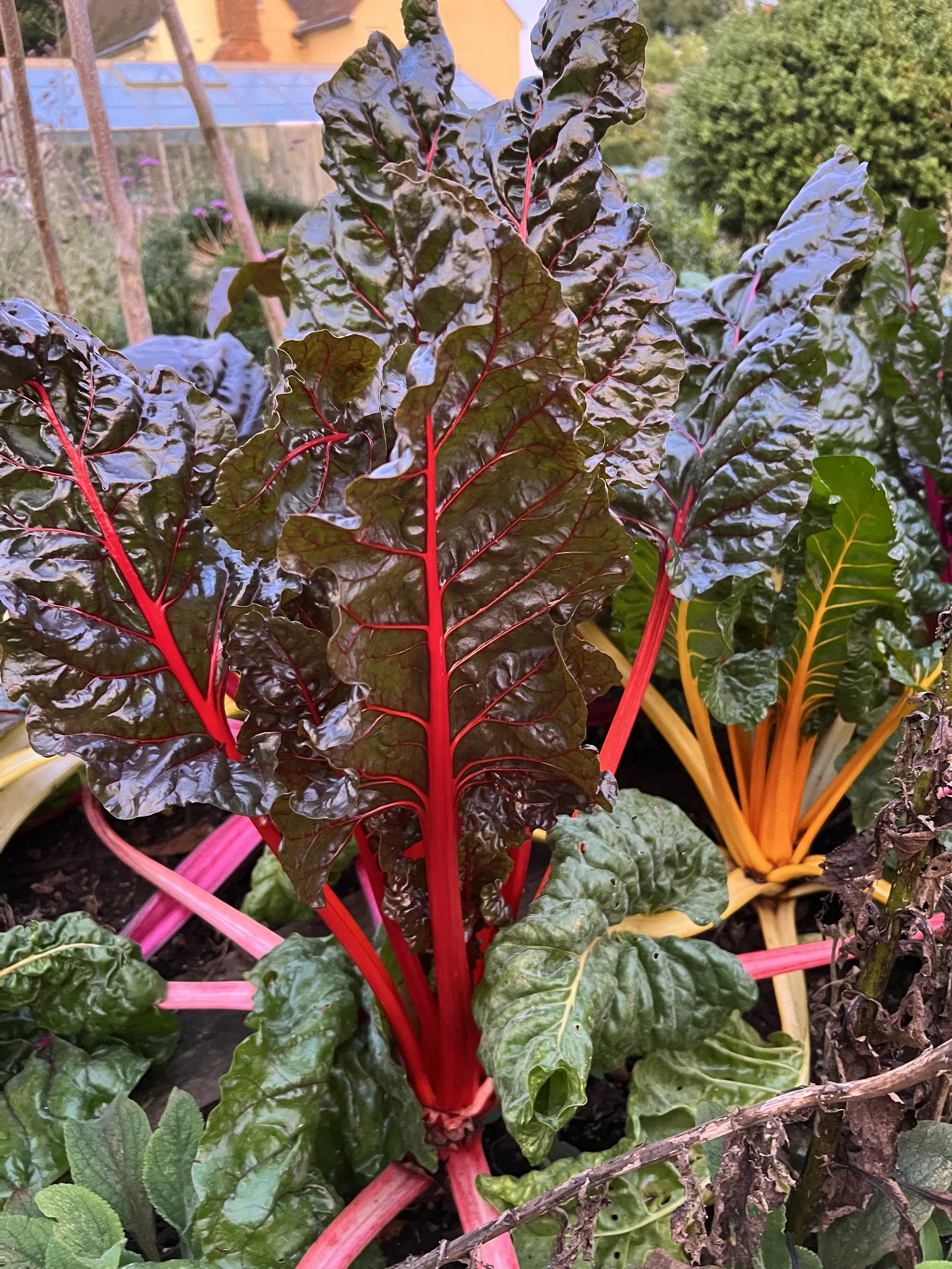The Embodied Language of Plants
Inspired by Monica Galiano’s pioneering work, The Language of Plants, and voices from ancient traditions to modern phenomenology, this piece investigates the profound ways in which plants articulate meaning, relationships, and existence itself - a silent symphony of being that challenges our anthropocentric assumptions about language and life.
‘There is a language older by far and deeper than words’, writes Derrick Jensen, invoking the primordial dialects of wind on snow, rain on leaves, and the slow gesturing of roots through soil. Human language, so often exalted as the pinnacle of evolution, is but one thread in a vast tapestry of being.
This forgotten tongue is not bound by the constraints of syntax or the abstractions of symbols. It is a living language, material and gestural, enriched by the interactions of beings with their surroundings. It evolves, much like the chemical lexicons of plants, through learning, adaptation, and transmission. The swaying bodies of plants exhibit a faculty of language that is deeply ecological, contingent on their encounters with the world.
The idea of ‘talking trees’ spans cultures, embedded in myths and collective archetypes. Yet, our narrow understanding of speech - confined to vocalisation - has silenced the languages that exist beyond our human registers. This anthropocentric bias reduces the expressive capacities of plants to metaphor or mechanistic signals, robbing them of their agency and the right to speak in their own modes.
The language of plants is action itself. It is the becoming of a leaf as it turns toward the sun, the descent of roots drawn by the pull of gravity, the biochemical whispers exchanged between mycorrhizal networks. These are signs, not words, gestures that articulate the world as relational, alive, and interdependent. To engage with this language demands a deep humility. It asks us to strain to listen to the inaudible, to interpret the untranslatable. It calls for a kind of attention that transcends the mechanisms of human cognition and ventures into the realm of communion.
In the Western world, language has been abstracted to the point of detachment, severed from its embodied origins. Words, once alive with breath, have become symbols arbitrarily related to what they signify. This abstraction has not only silenced plants but uprooted humans from the ecological matrix that sustains life. The logic of domination embedded in our language - where ‘to speak’ implies control and ‘to be’ is disassociated from existence - has rendered the natural world a collection of objects rather than a community of beings.
Breaking this silence requires a shift, a cross-species dialogue that immerses us in the ‘beingness’ of plants and other nonhuman lives. This dialogue does not privilege human voice or intellect but recognises language as something that emerges at the points of contact and interaction, in the relational spaces where life unfolds.
What, then, do plants articulate in their embodied language? They speak themselves into existence, reiterating their being through growth and branching, forging connections between water, air, fire, and earth. They are the first poets of the world, weaving raw materials of existence into liveable habitats. In their articulation, plants do more than communicate; they create worlds. Through processes like gravitropism (differential growth in response to gravity), they imbue the meaningless expanse of ‘above’ and ‘below’ with direction, significance, and order. They remind us that language is not just a tool for representation but a force of creation, fostering relationships and shaping reality.
Vegetal discourse creates patterns of meaning through interactions. It is a language of growth, of living articulation that resists reduction to mechanistic terms. The language of plants entrusts each being with the responsibility of its own destiny, a lesson our species seems to have forgotten. In our relentless pursuit of abstraction, we have drifted into artificial behaviour and constructed realities, estranged from the vitality of life itself.
Reconnecting with the vegetal world demands an ethics of listening - of attuning ourselves to the silent logos that resonates through leaves, roots, and air. It means acknowledging that language, in its deepest sense, is relational and contingent, always emerging in the interplay of beings. To learn the language of plants is to remember our place within the web of life, to reclaim the embodied, relational way of knowing that is our birthright. It is to break the silence - not with noise but with resonance, a shared song that spans species and epochs. It is to dwell, once again, in the green murmur of life.
